Prevention
Photoprotection - The harmful impact of blue light

We all know about the harmful effect of UVB rays as the cause of sunburn and UVA rays as the cause of photo-aging and skin cancers.
Recently new scientific findings have demonstrated the harmful impact of high-energy visible blue light on skin cells. This light damages cellular components through oxidation mechanisms that lead to skin ageing and the development of skin cancers.
High-energy visible light penetrates even deeper into the skin than UVA rays: it reaches the hypodermis.
It also contains a large amount of energy, hence its name - high-energy visible light - and causes damage to cells.
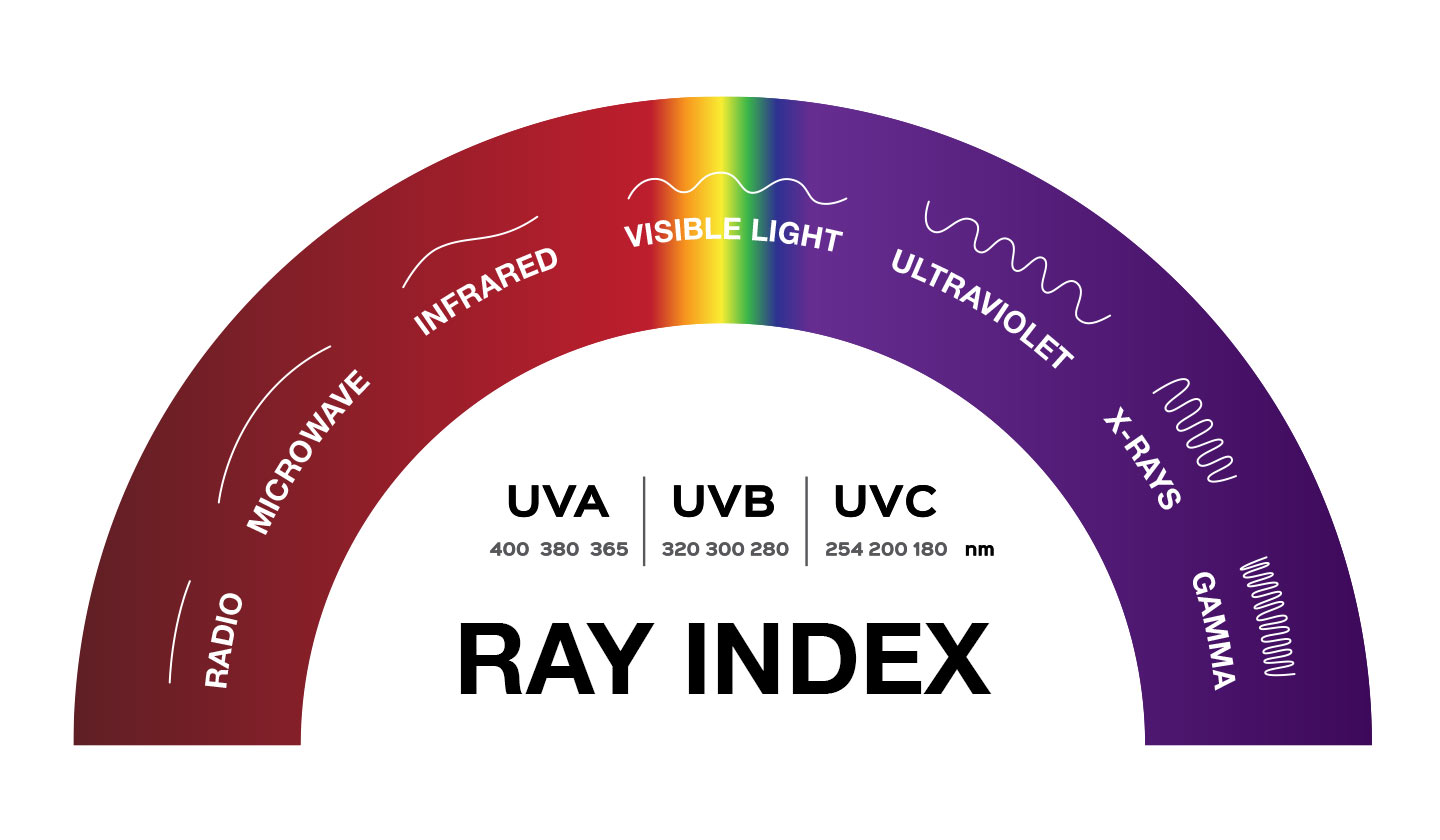
Good or bad?
Blue light is divided into two very different types of radiation: turquoise light and blue-violet light.
The body needs blue-turquoise light, which regulates circadian rhythms and moods through an ocular signal.
In contrast, blue-violet light is harmful to the body: it accelerates the ageing of cells and it is therefore important to protect the body from this blue light.
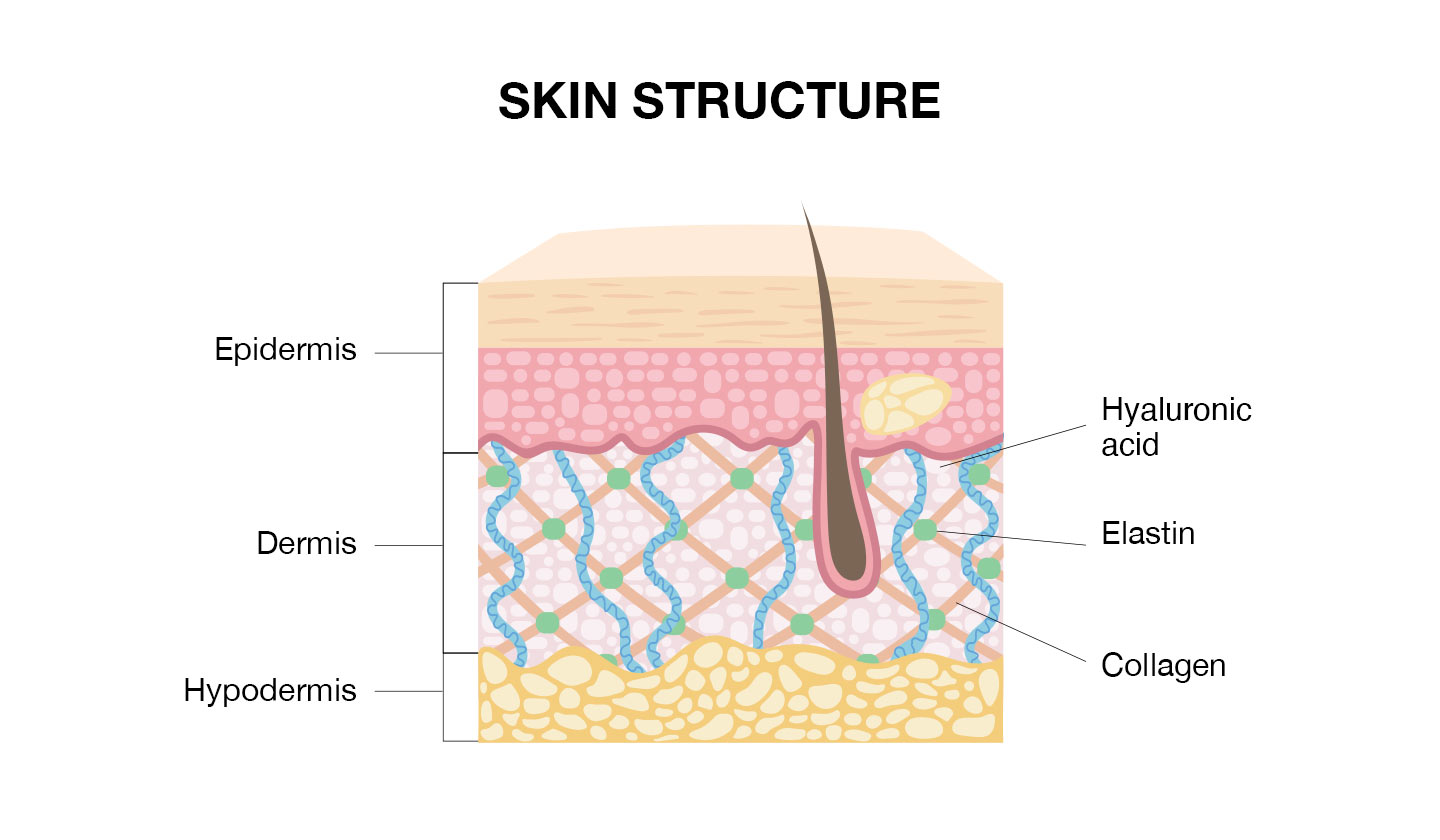
Skin Hazards of High Energy Visible Blue Light
These harmful rays penetrate even deeper into the skin layers down to the hypodermis. They attack every cellular component:
- Lipids;
- Proteins;
- DNA
Alone, they damage skin cells in just one hour of sun exposure. Above all the harmful effects of blue light are cumulative and the damage can be seen in the long term. Hence the absolute necessity, from a public health perspective, to prevent this damage from the earliest age and throughout life.
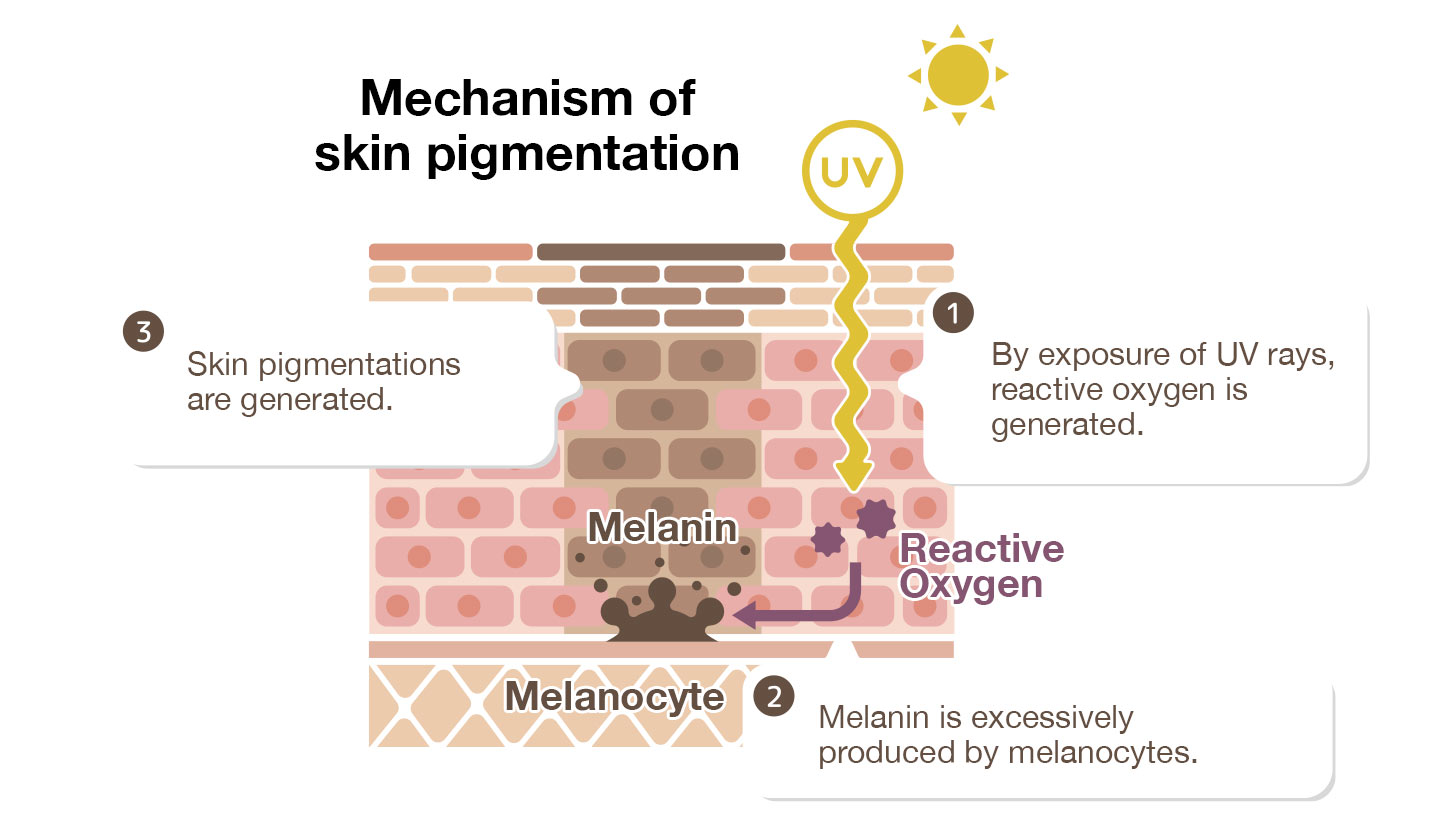
Melanin
Nothing beats melanin in providing adequate natural photoprotection for the skin. Melanin provides daily protection against the acute effects of the sun's rays, sunburn - and also against long-term effects - photoaging and skin cancers. Melanin also protects against high-energy visible light.
Solar Blue Light versus Monitors and Screens
The blue light from monitors and computer screens cannot be compared with the intensity of blue sunlight. This is evident from the fact that you can look at a screen for hours, but never directly at the sun. The intensity of sunlight can be up to 1.000 times greater than screens, and you would have to spend close to three months on your phone to get the same exposure as one hour in the sun. Another difference: on the outside, the skin is exposed directly to the sun while the eye is mainly exposed to radiation diffused by particles in the air and reflected by surfaces.
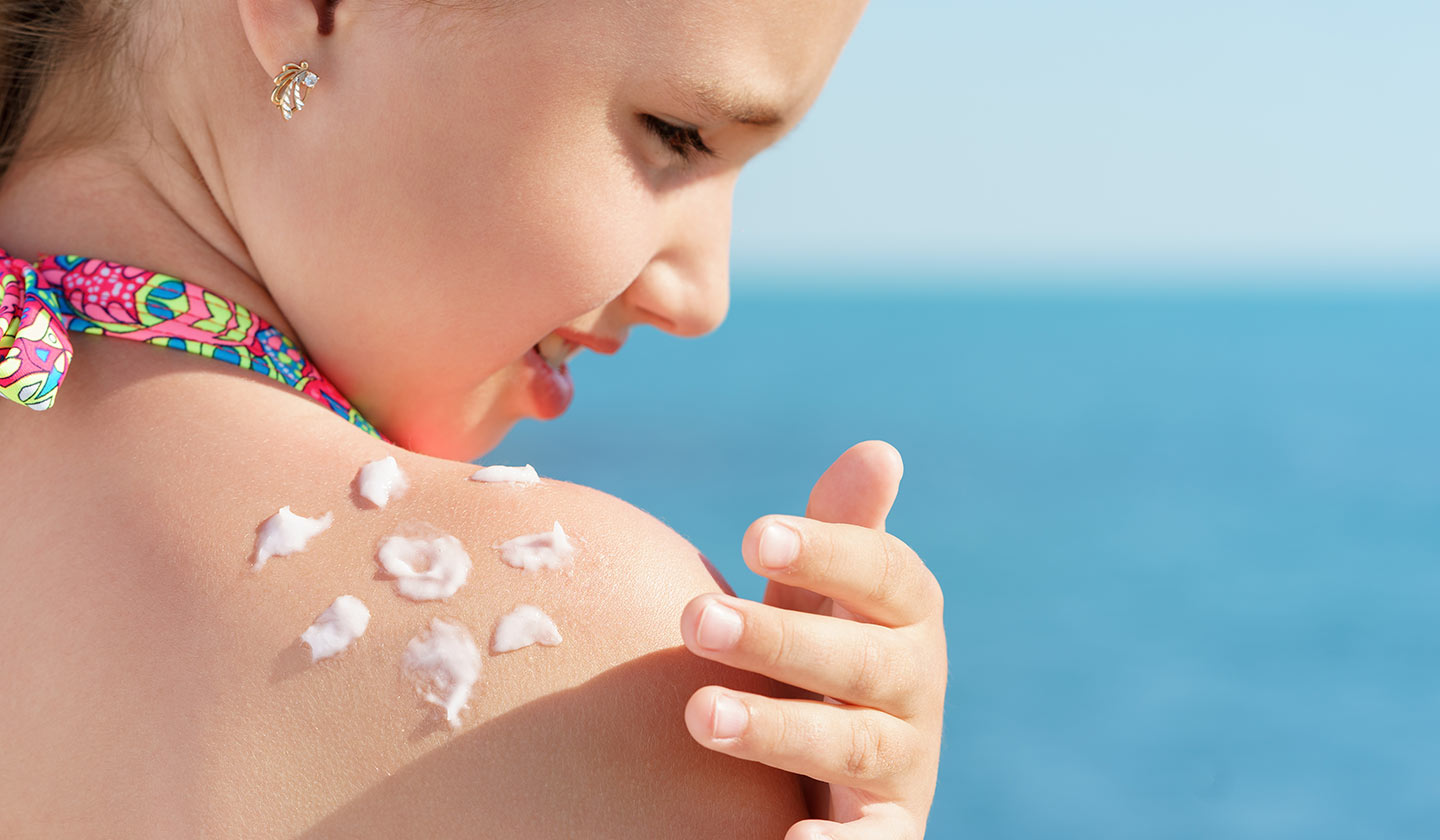
Sunscreens
Sunscreens (SP) are cosmetic products intended to be put on the skin with the primary purpose of protecting it from UV radiation by absorption and/or reflection. They were originally developed to prevent skin burns due to sun exposure. When applied correctly, they are effective in preventing sunburn, but also in reducing some chronic effects of UV radiation, including immunosuppression, photocarcinogenesis and photoaging.
SP should be broad spectrum products protecting against UVA and UVB radiation and, if possible, visible blue light; they should also be hypoallergenic and non-comedogenic.
Its use is necessary all year round, even during cold seasons, especially when UV radiation can be amplified by altitude or reflection on ice, snow or water, e.g. during winter sports.
A) Types of sunscreens
UV filters are substances contained in PS specifically intended to reflect and/or absorb radiation of certain wavelengths, in order to reduce skin exposure to such radiation. They can be of chemical (organic) or physical (inorganic) type, and many products combine substances of different types to maximise protection.
Organic filters absorb UV radiation and convert it into heat.
Physical filters are substances of mineral origin which act by scattering UV radiation. The substances used are metallic oxides, such as zinc oxide (ZnO) and titanium dioxide (TiO2). They are photostable and their allergenic potential is very low, which is why they are recommended for children and allergic individuals.
B) Correct use of sunscreens
The effectiveness of a SP is highly dependent on its correct application:
- PS should be applied abundantly and evenly, 15 to 30 minutes before sun exposure.
- To ensure the indicated protection, it is necessary to apply at least 2 mg/cm2 of SP, which is equivalent to about 36 g of the product, approximately 6 teaspoons.
- To remain effective, they should be reapplied frequently, at least every 2 hours, but also after every shower, or in case of heavy perspiration, even for products that claim to be water-resistant.
- The PS chosen must be suitable for the skin phototype.
- The use of products containing both PS and insect repellent is not recommended, as PS generally have to be reapplied more frequently.
- In case concomitant use of insect repellent and PS is required, PS should be applied before repellent.
- Attention should be paid to the expiry date and/or the period of use of the SP, and those which show changes in appearance or odour after some time of use should not be used. The package should be tightly closed after each use. It should not be exposed to great variations in temperature, heat sources or direct sunlight.
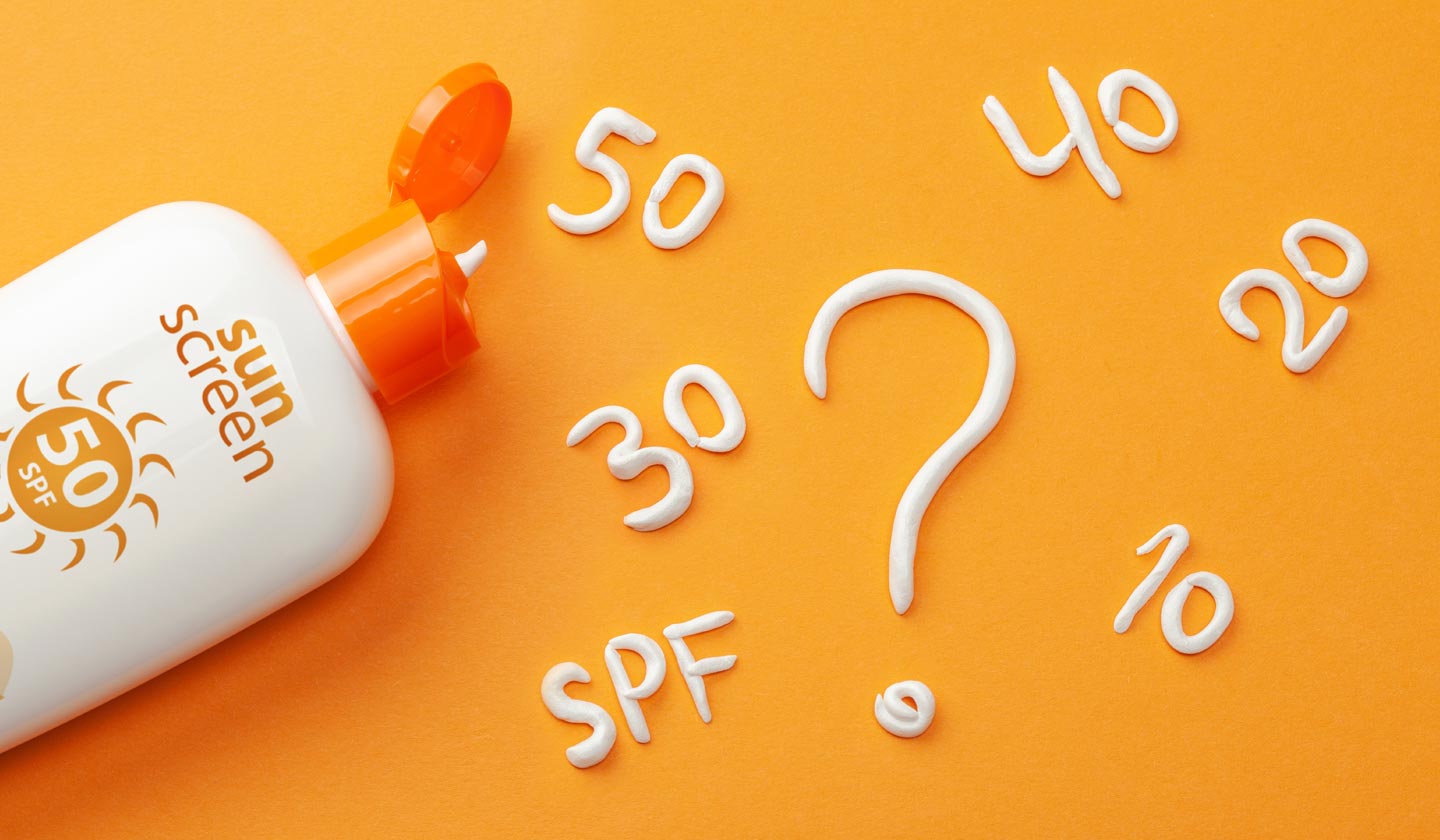
Sunscreens with protection against Blue Light
Nowadays there are sunscreens that provide the skin with a very high and effective photoprotection.
TriAsorBTM is the first organic filter with the unique ability to absorb and reflect the harmful part of the solar spectrum, which includes UVB rays, short UVA rays, long UVA rays and also high energy visible blue light. It is not only skin friendly but also environmentally friendly. It protects healthy and damaged skin and is non-toxic to three key species of marine biodiversity: a species of chloral, a species of phytoplankton and a species of zooplankton
Sources
MSDmanuals - General considerations about solar radiation and skin damage
Journal of Investigative Dermatology - Impact of Long-Wavelength UVA and Visible Light on Melanocompetent Skin
Também lhe poderá interessar
Prevention
Receiving the Sun in Good Health
Prevention and treatment






